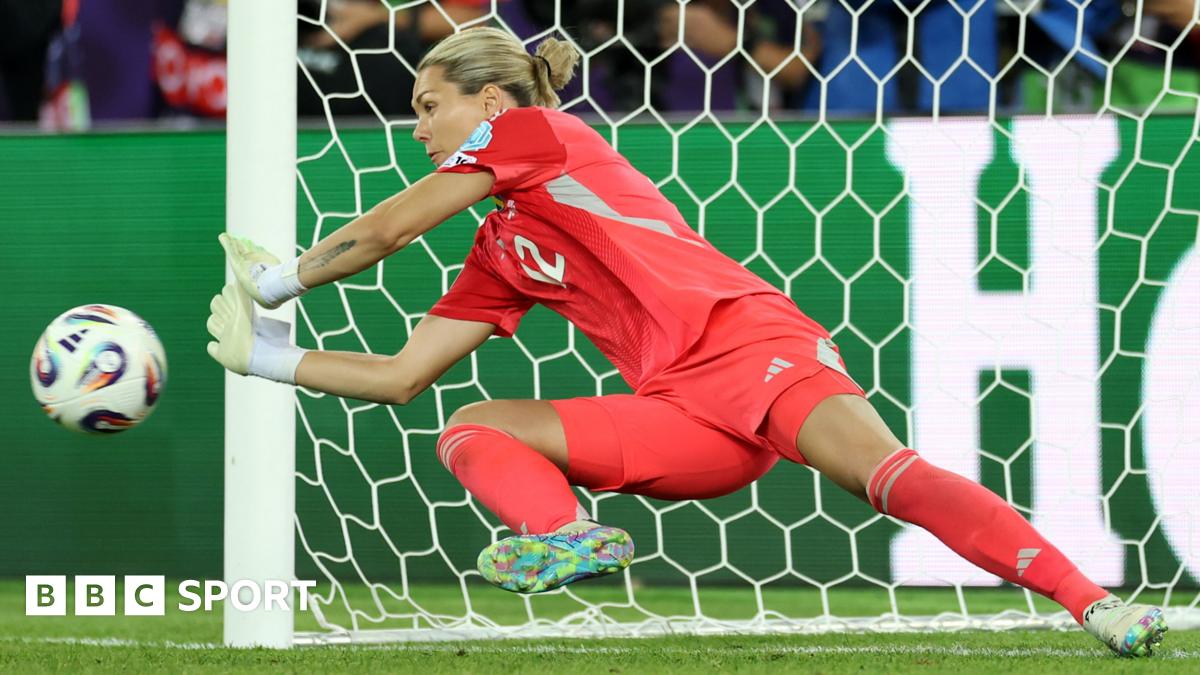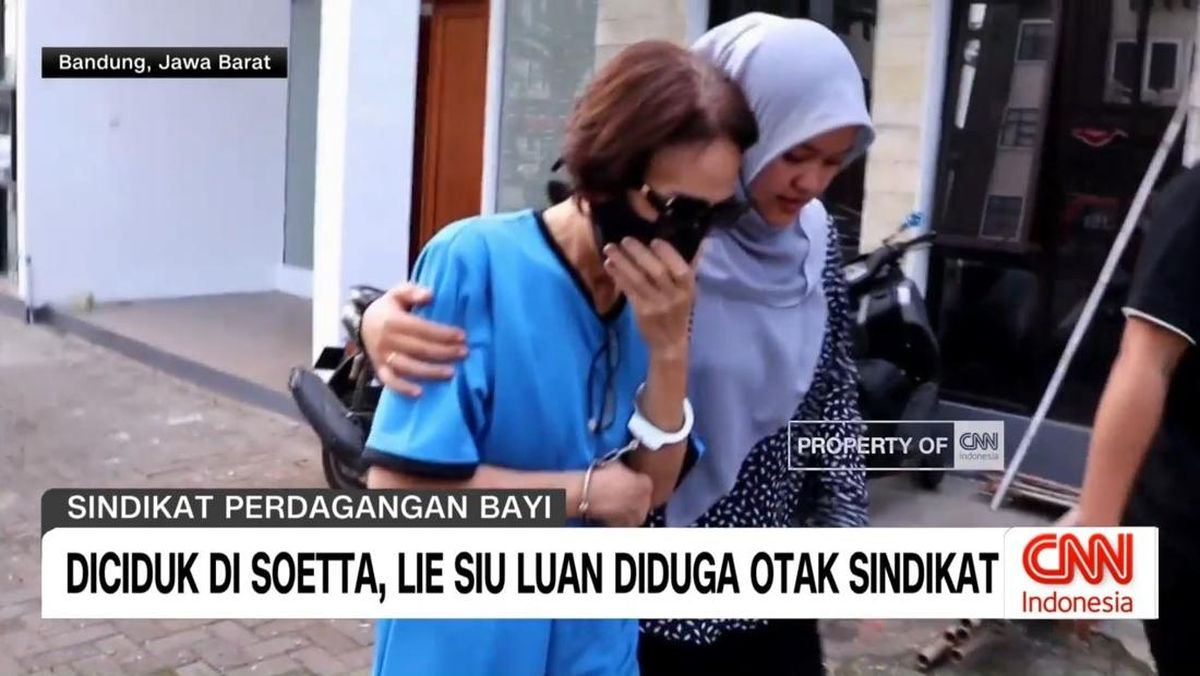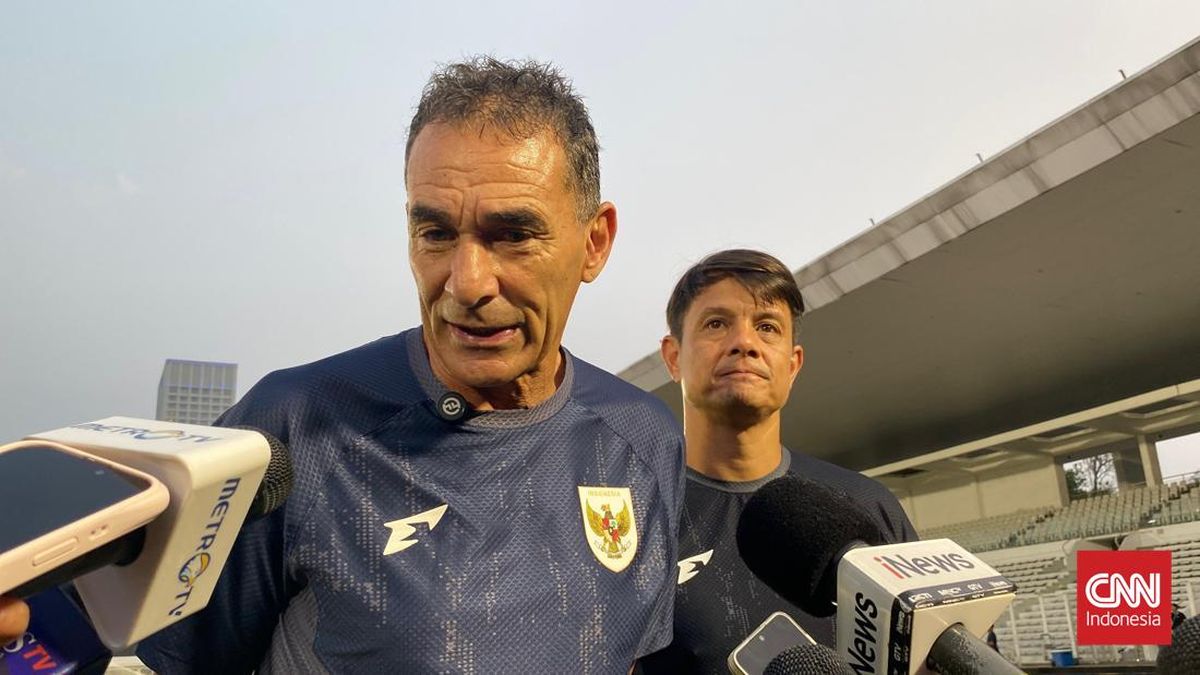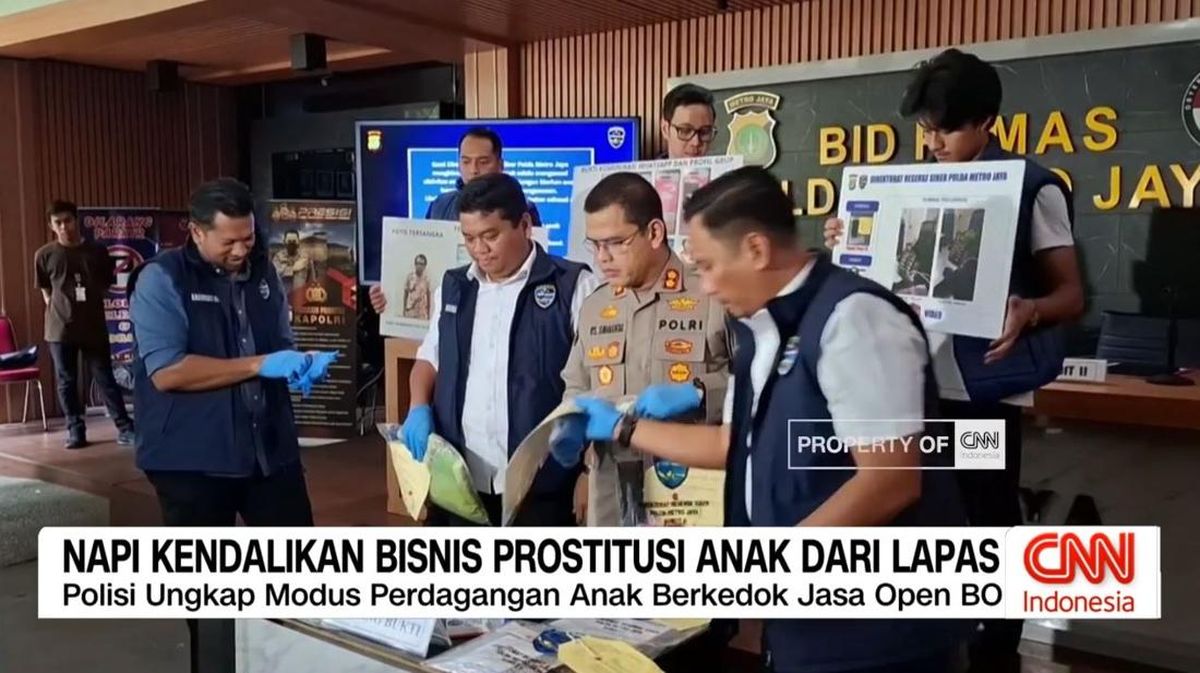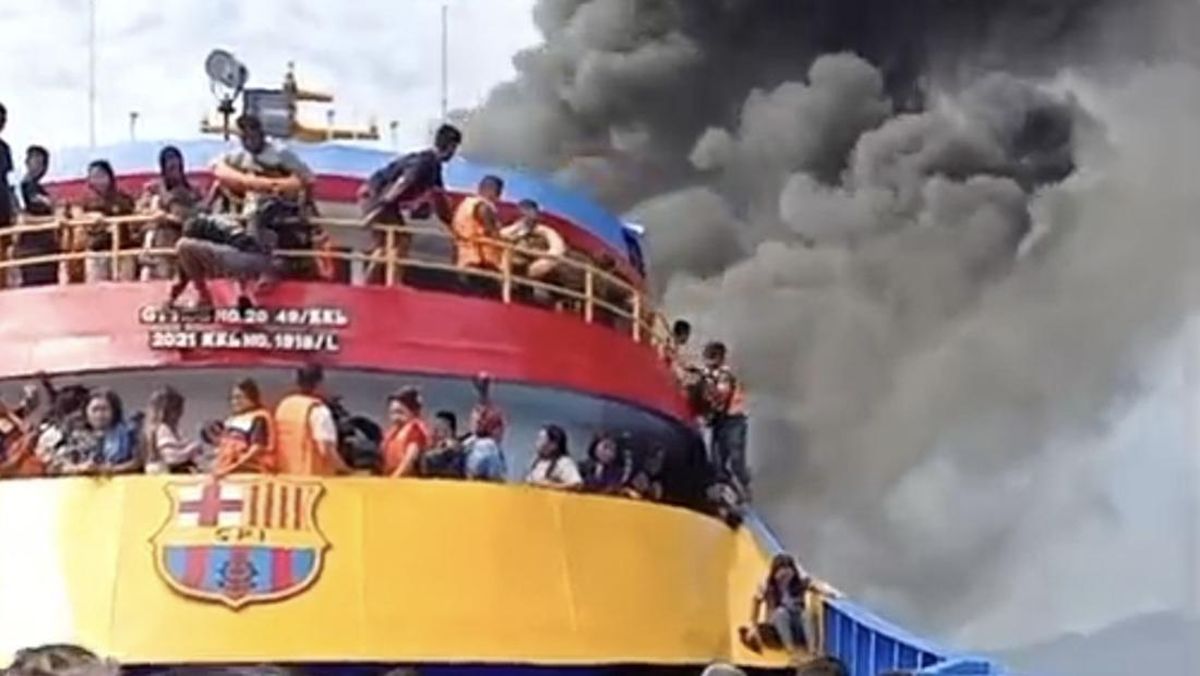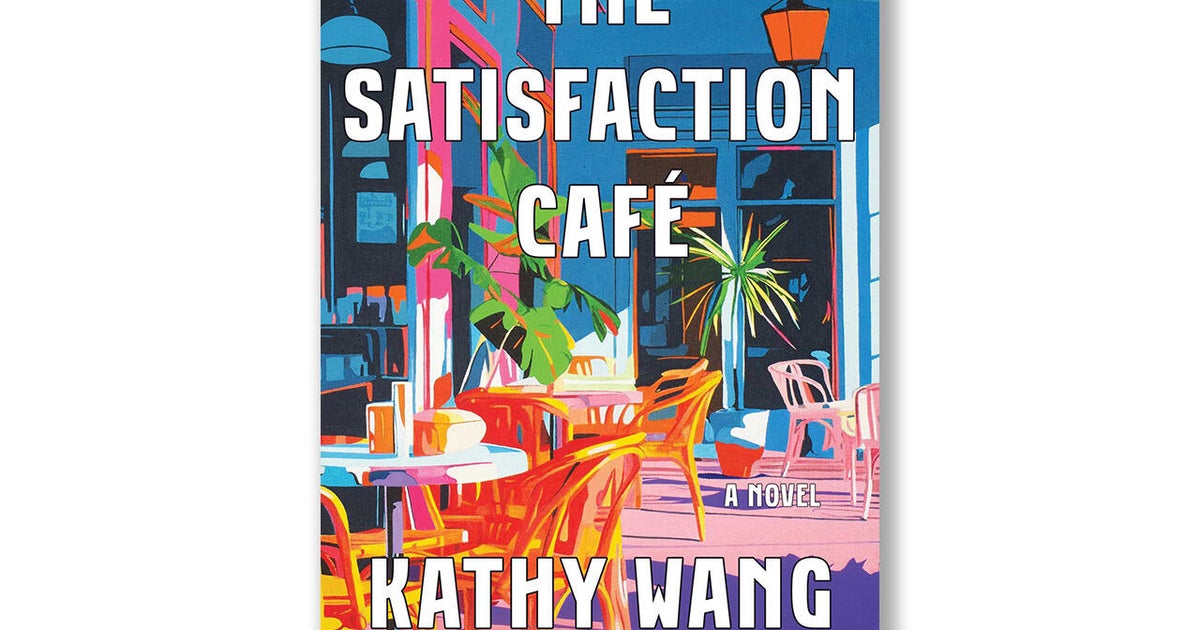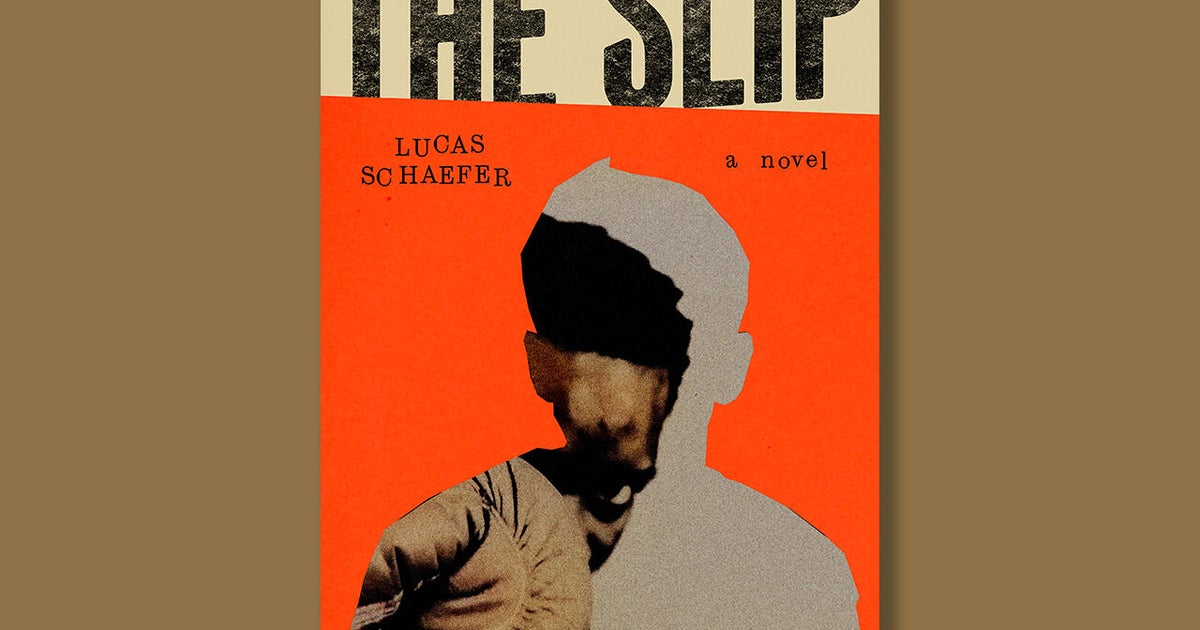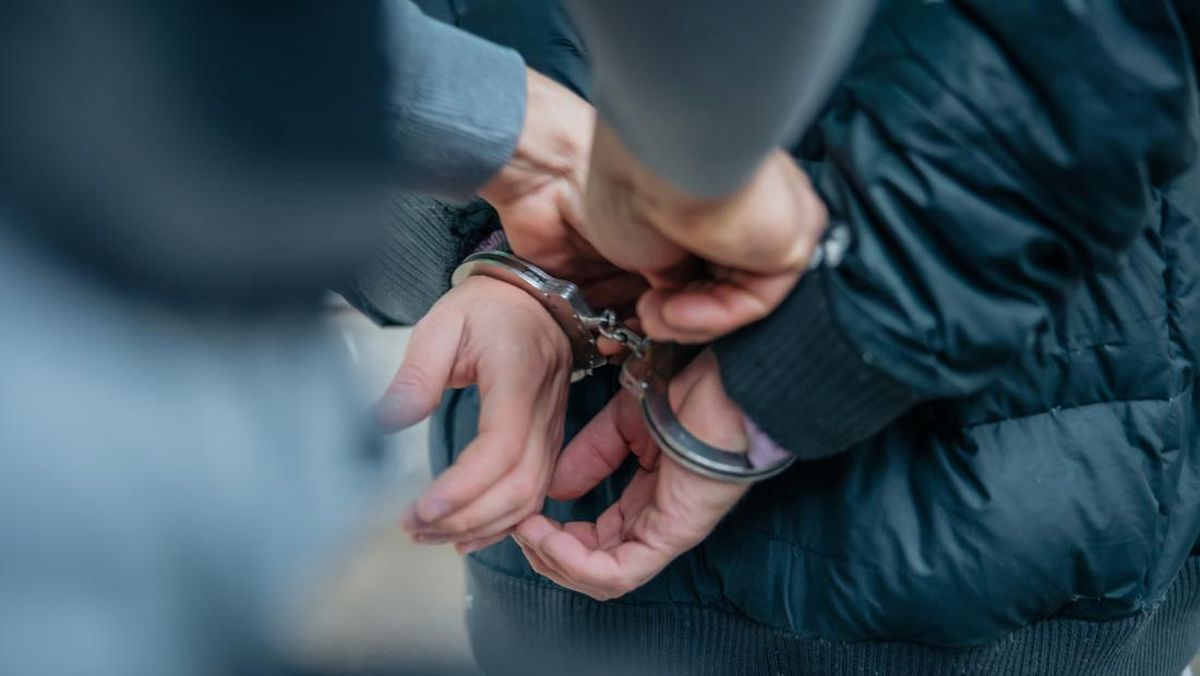Services will resume for more than 100,000 passengers on two busy Melbourne train lines on Monday without a public explanation from rail authorities as to what caused a carriage to derail near Clifton Hill station last week.
A Metro Trains spokeswoman confirmed services would resume on the Mernda and Hurstbridge lines from first service on Monday morning, but neither the Department of Transport nor Metro met The Age’s deadline for answers to questions about whether passengers had been offered an explanation for the derailment or reassurances about their safety.

The train carriage is removed from the tracks after derailing in Clifton Hill.Credit: Luis Enrique Ascui
An investigation by the Australian Transport Safety Bureau and Victoria’s Office of the Chief Investigator is under way. On Sunday, an ATSB spokesperson said the organisation was “not expecting to give any substantive updates until the publication of a preliminary report in about two months”.
The disruption occurred when a carriage on a city-bound X’Trapolis 100 train came off the tracks between Rushall and Clifton Hill stations about 10.30pm last Sunday, bringing rail services on the Mernda and Hurstbridge lines to a halt. The carriage hit trackside pillars and damaged about 100 metres of track. No one was injured.
Loading
The ATSB said last week that the train had hit multiple stanchions (support structures carrying overhead wires), rather than a single stanchion as had been previously believed – resulting in “substantial damage to the overhead infrastructure”.
Damage to the undercarriage and a wheel meant the affected carriage had to be removed by crane on Tuesday afternoon.
Public Transport Users Association spokesman Daniel Bowen said while last Sunday’s incident appeared to be a “freak accident”, it was vital that a detailed investigation took place.
“They do need to thoroughly investigate and identify what has caused it because, obviously, it may mean there are infrastructure or procedural changes that should come in to prevent something like this happening again,” he said.

A photo shows the bogie twisted out from underneath the carriage. Credit: Patrick Hatch
Metro chief executive Raymond O’Flaherty said last week that passengers would be entitled to compensation if the line suspensions pushed Metro below its monthly reliability targets, which are calculated on a network-wide basis. He also apologised to affected passengers.
Bowen said the usual compensation scheme was narrow so Metro should make special arrangements for compensation in this case because of the scale of the disruption for people who ended up on replacement buses.
“There would be a lot of people who have suffered delays through the week. Even though compensation is likely to be a token amount, I think they deserve something,” he said.
The last major derailment on Melbourne’s passenger train network was in February 2016, and occurred on a sharp bend between Merri and Rushall stations – about 600 metres before the site of the latest derailment. The earlier incident also involved an X’Trapolis train.
An ATSB investigation found that derailment was caused by a sharply angled joint on the track and the train’s wheels being insufficiently lubricated. Lubricators were not being maintained adequately after Metro took the work off contractors and brought it in-house, it found.
With Patrick Hatch
Start the day with a summary of the day’s most important and interesting stories, analysis and insights. Sign up for our Morning Edition newsletter.
Most Viewed in National
Loading



